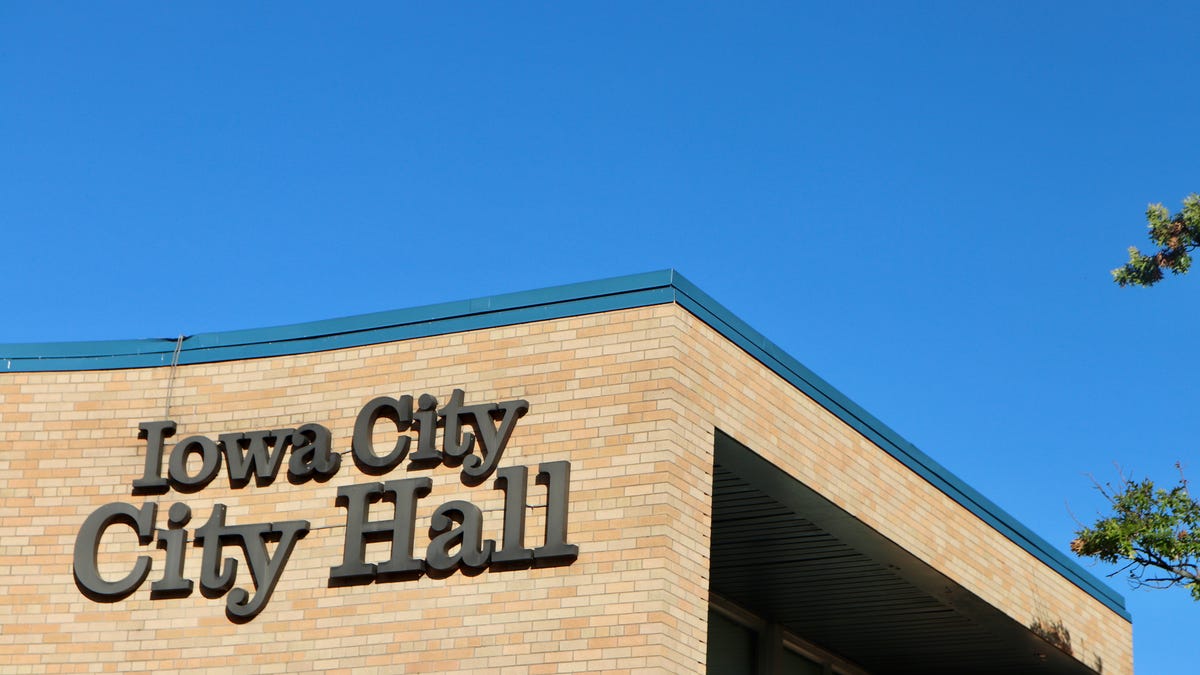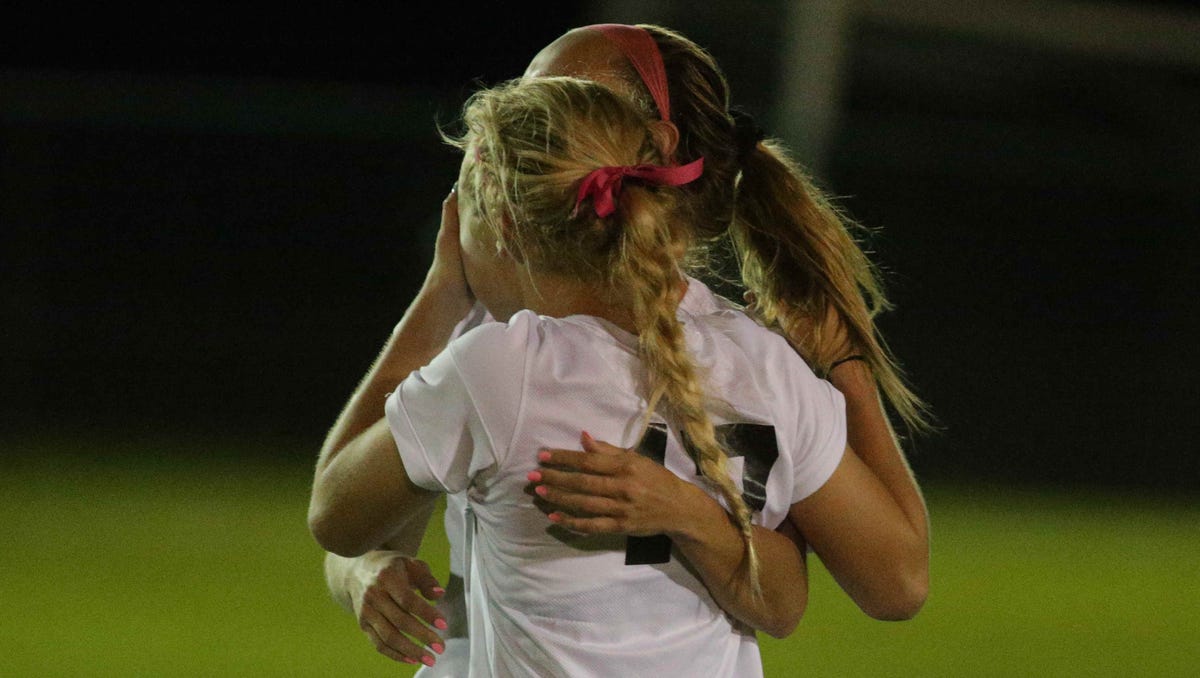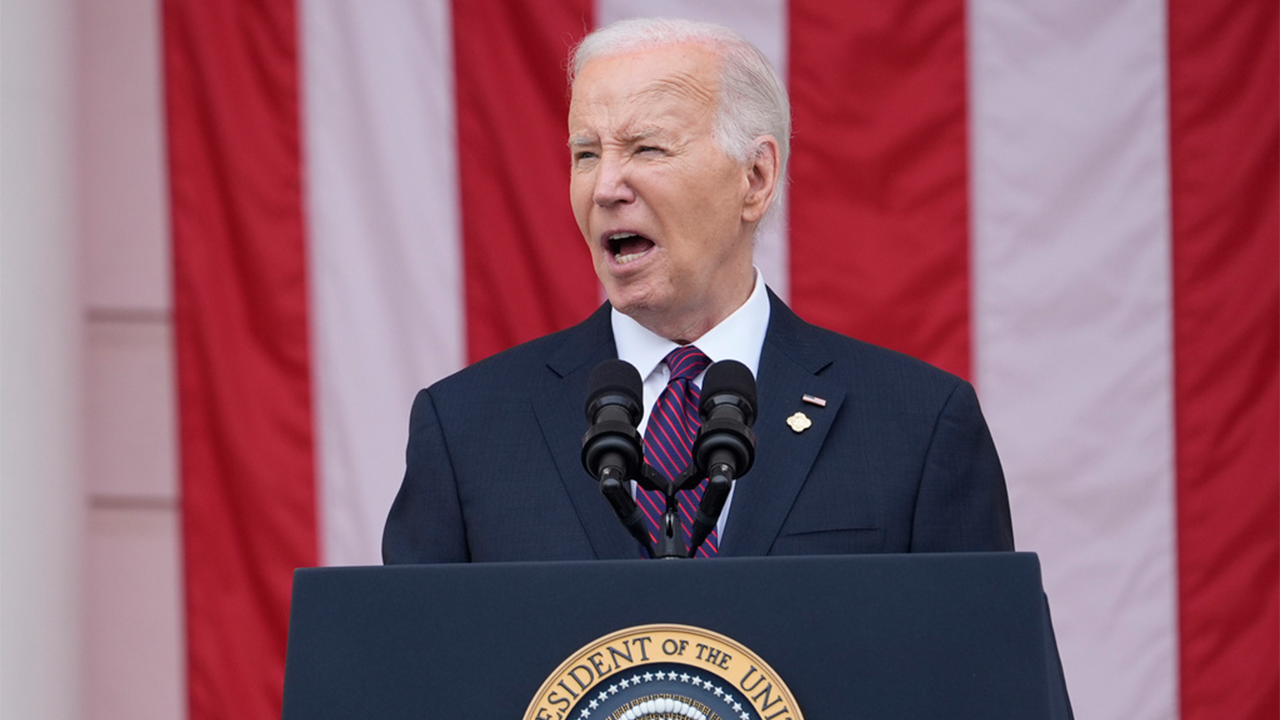An ag editor buddy of mine said that even with all the modern technology, farming still breaks down to mud, bugs, diseases, sunshine and a crop at the end. While it’s unknown how the 2024 crop will turn out, we will get one — it’s just a question of how large it will be.
Until we get there, though, there will be all sorts of maladies to overcome. Here’s a roundup from what Iowa State University field agronomists have seen so far this month in their areas. (Editor’s note: This is a condensed version. The full report can be found here.
Northwest Iowa
Leah Ten Napel, an ISU Extension field agronomist based in LeMars, reports that farmers took advantage of short work windows. As of May 21, she estimates 85% to 90% of corn has been planted, and 65% to 70% of soybeans have been planted. Weed control has been a challenge, with just small windows of low wind and dry fields occurring. “Issues with weed control might arise because of late or missed applications, or excessive rainfall following applications, she writes.
In some cases, soil crusting has caused emergence issues. However, good stands have occurred in quickly emerging fields. She advises farmers to do corn and soybean stand assessments in their fields to help with replant decisions.
Further east in northern Iowa, Gentry Sorenson, an ISU Extension field agronomist, reports approximately 70% of corn and 50% of the soybeans had been planted by May 21 planted across the area he serves. Heavy rainfall ranging from 1 to 4 inches occurred May 20 into May 21. Areas of Clay and Palto Alto counties also received hail.
Soil crusting also has occurred in the area, and rotary hoeing has been done to help break the crust so corn can emerge. Some areas of fields that that had standing water from rainfall earlier in the month were recently replanted. Unfortunately, some of those areas are underwater again due to the May 20-21 rainfall.
North-Central Iowa
Angie Rieck-Hinz, an ISU Extension field agronomist based in Clarion, notes the May 20 crop progress report indicates 82% of corn and 58% of soybeans are planted in the north-central Iowa crop reporting district. “My estimate is there are more corn acres planted than what that report reflects, and definitely more beans planted,” she writes.
Emergence uniformity is a concern. “A few farmers have shared they hope to be able to replant not only the wet areas, but in some cases, entire fields,” she writes.
While scouting, she’s noticed several dead heads of bromegrass in the ditches, indicating that common stalk borers may be present. “We are just on the cusp of having enough growing degree days (1400 GDDs) to start seeing movement to cornfields in my southern counties, so be sure to scout those field edges,” she writes.
She also notes cover crop termination has been a struggle this year. “I have seen some creative [and I hope successful] methods of termination this year,” she writes.
Northeastern Iowa
Farmers have been able to make much progress planting corn and soybeans in the area that Terry Basol, ISU Extension field agronomist serves. The USDA National Agicultural Statistics Service Crop Progress Report for May 2 showed 76% of corn acres in northeastern Iowa had been planted, with 65% of soybean acres planted.
Heavy rainfall the morning of May 21 has created flooding and ponding issues. For more information on ponding impacts on crops, check out these Integrated Crop Management news articles: Ponding Impacts on Corn Growth and Development and Ponding Impacts on Soybean Growth and Development.
Josh Michel, an ISU Extension field agronomist, estimates about 80% of the corn has been planted in his area, with soybean plantings at 65% as of May 21. “The furthest-along corn I’ve seen is around V2 or V3,” he writes. “Early-planted soybeans are just getting their first trifoliate leaves.”
Central Iowa
Meaghan Anderson, an ISU Extension field agronomist, reports her area received more excessive rainfall on May 20-21. This flooded fields and roads, washed out fences and caused other related issues.
She reports corn growth is variable, with some having just been planted to some corn in the V3 stage. Some fields have been replanted, due to emergence issues. Soybeans are anywhere from just planted to V1 (first trifoliate). As in other areas of Iowa, ponding from excessive rainfall has occurred. “Monitor fields for uneven emergence, disease issues, and other problems as a result of the ponding from recent rains.
East Central, Southeast, and South-Central Iowa
Rebecca Vittetoe, an ISU Extension field agronomist based in Washington, notes that despite rainfall, much planting progress and related field activities have occurred. As of May 21, the earlier-planted corn is at V3 to V4 and soybeans at V1. “I’ve heard of some issues with soil crusting and emergence in my area, as well as herbicide injury in soybeans from preemergence herbicides,” she writes. “Now is also the time to be scouting for pests like bean leaf beetles and black cutworms.
Virgil Schmitt, an ISU Extension field agronomist based in Muscatine, notes that rainfall has caused field delays, but planting progress has been good. As of May 21, corn planting was about 90% complete in his northern counties and about 70% complete in his southern counties. Most corn is about V1 and looks good, with some early-planted corn reaching V3 by May 21. So far, no reports of black cutworm have surfaced in his area.
Soybean planting is about 80% complete in his northern counties and about 60% complete in his southern counties. Some early planted soybeans are at V1. So far, he has not heard of any bean leaf beetle issues. Questions from farmers have revolved around alfalfa weevils, weed identification and management, and the Late Spring Soil Nitrate Test, he says.






























